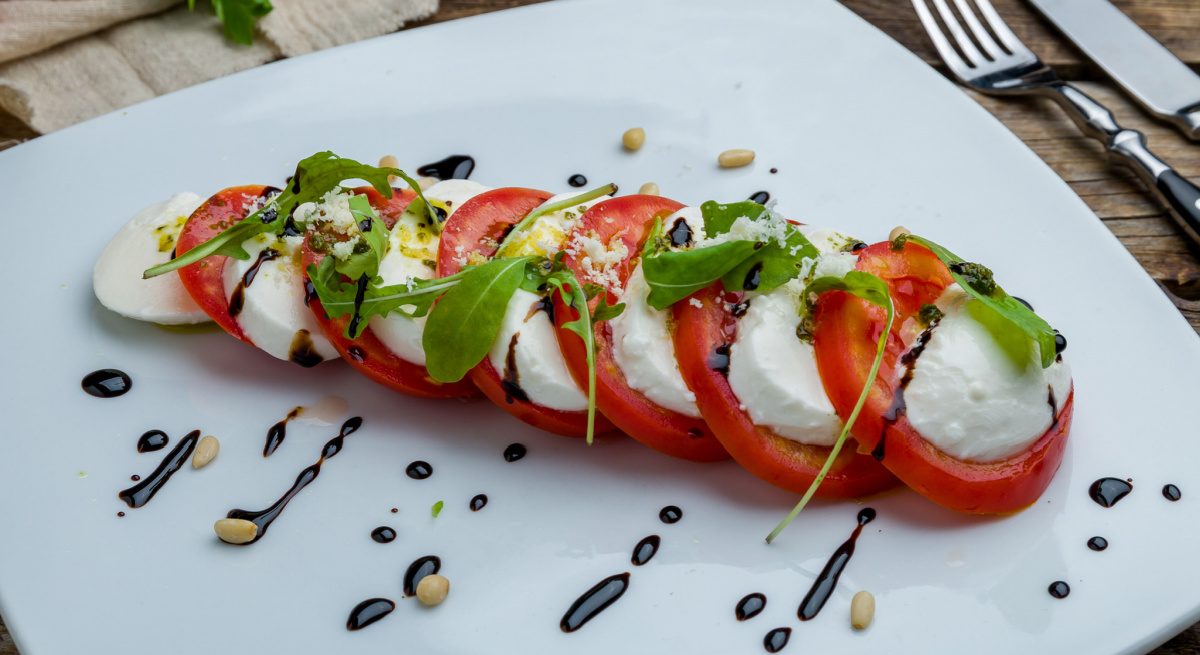Content Creation Strategy – How to Capture One Month of Content with One Dish
4 Min Read By Leigh Loftus
Smack dab, in the middle of the Covid19 crisis, suddenly we’ve all realized just how valuable social media can be to sustaining and rebuilding our businesses. And there’s no shortage of articles informing us that we need to boost our social media efforts and understand how to properly use each channel. Unfortunately, choosing not to “play the game” or continuing to put it on the back burner isn’t going to cut it.
Regardless of how well acquainted you might be with the ongoing list of social networking sites, there is one single thread that unites each one of them to the other. That thread holds the key to unlocking a simple strategy, which will allow you to keep up with and alleviate the headache attached to “the game” of social media. Any idea what that might be?
In the words of Bill Gates, “Content is King.”
Content is the single thread that permeates every social media network. The problem is not simply the ability to keep up with social media, it’s the ability to produce enough content. When you learn how to maximize the production of content— using only your cell phone— you alleviate the number one reason for not being able to keep up in the first place. Properly using each network then becomes substantially easier because you’ll have the fuel required to play that “game” in the first place.
By the end of this article you’ll have a clear content creation strategy that will show you how to capture one month of content from one single dish.
Thankfully our smartphone cameras have dramatically improved and our ability to produce high quality cell phone photos and videos is literally at our fingertips.
First, let’s review the three main types of visual content that are created and shared:
- Photos
- Videos
- Timelapses – the photographic technique of taking a sequence of frames at set intervals to record changes that take place slowly over time. When the frames are shown at normal speed, or in quick succession, the action seems much faster.
Second, we need to review a sample menu item and list its ingredients, let’s go with a caprese salad:
- Tomato
- Mozzarella
- Basil
- EVOO
- Balsamic vinegar
- Specialty Salt
Third, every ingredient in every dish has a very specific reason for being there and more importantly it comes with it’s very own story to tell. Using the content types above let’s review how to tell the story of the Caprese salad.
Starting with the tomato, the series of questions that come to mind are:
- What variety of tomato is it?
- Where did it come from?
- Why would you choose this tomato over any other variety?
- Is this variety only available in certain areas or can you find them everywhere? Are they seasonal?
- Do you as the chef have a personal connection to the variety of tomato, memory from childhood, a funny story, a huge mistake you’ve made with regard to tomatoes?
- Are there any frequently asked questions about tomatoes you could answer?
- Are there any Should Ask Questions that people should be asking about tomatoes, but aren’t?
Each one of these questions can be answered by the chef using the video format, in the kitchen, individually taking no longer than 60-90 seconds to record and they’re not meant to be high production or high quality.
Let’s move into the prep of the tomato and talk about capturing both photos and timelapses. Do you happen to purchase the tomatoes from a market? If so, then add another video to the above list
And you can capture at least two-to-three great still photos at the market
- The market itself
- You at the market strolling through
- The tomatoes themselves
- Perhaps even the farmer–be sure to get permission to use his likeness, preferably in writing.
In the kitchen prior to prep you can capture the tomatoes:
- On the cutting board pre-cut, either on the vine or loosely arranged
- Overhead angle
- 45-90 degree angle closer up
- Set phone up in front of you when you’re about to slice the tomatoes and turn on the Timelapse feature
- Capture a timelapse of you prepping the tomatoes
- Back to photo
- Capture at least two angles of the cut tomatoes on the cutting board
- Overhead angle
- 45-90 degree angle closer up
Again, just as above, these photos and timelapses are intended to be raw and imperfect. They can certainly be beautiful and often will turn out to be, the key here is that you’re not hung up on capturing perfect images, but instead focused on telling your story of the ingredients.
You’d then repeat the process for the rest of the ingredients, whether or not this happens in the same day is up to you, being sure not to miss:
- A timelapse or video of you building the final plate
- The completed dish’s beauty shots
- Overhead
- 90-45 degree angle
As you can see, the tomato’s story alone could cover half of our month’s need for social media content, with 12-17 opportunities to capture unique photos, videos and timelapses (10-17 give or take the trip to the local market.)
You now have a repeatable process that compliments your kitchen prep routine, adds no more than 15-30 minutes per ingredient, yields at least 1 month of content from 1 single dish and the best part is, you can and should be capturing all of these visual stories using nothing more than your cell phone.
At its core, social media is nothing more than your tool to invite your audience into your world, teaching them what goes on behind the scenes, forging a connection with them and last but not least paving the way for you to serve one another.
When you shift your goal from keeping up to building a connection, then social media does in fact become a piece of cake and content creation is the secret sauce that will get your audience off of social media and into your restaurant.


